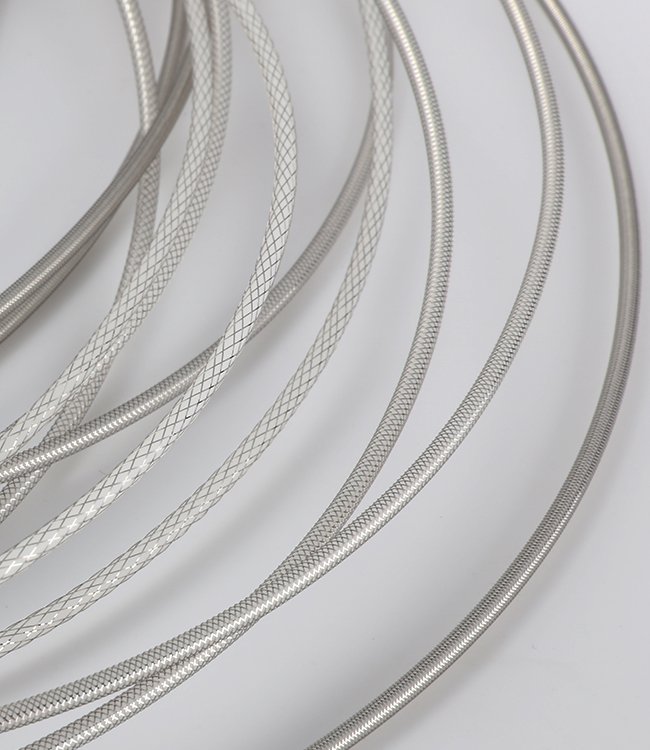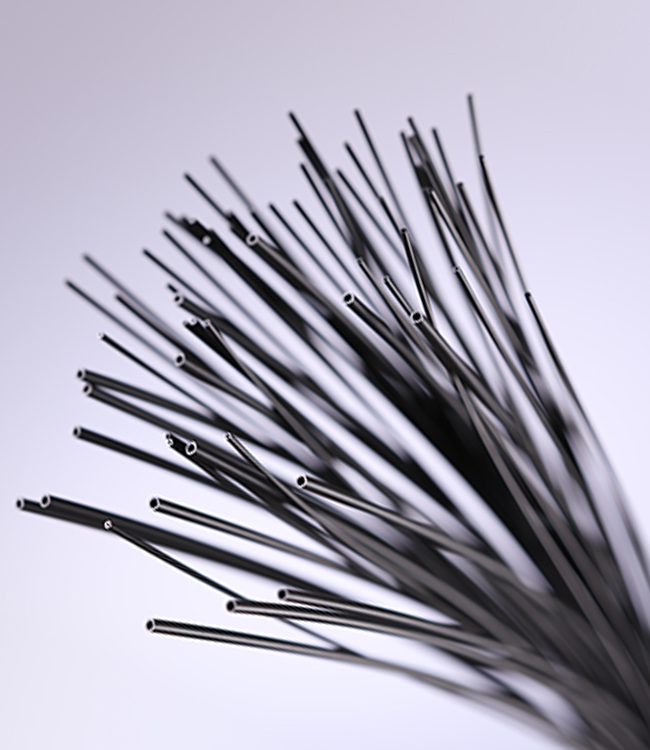
PVC tubing vs. Polyurethane Tubing – A Quick Comparison
26 June 21
Introduction
When it comes to tubing, polyvinyl chloride (PVC) and Polyurethane (PU) materials come to mind as they are the most popular materials manufacturers use in tube manufacturing. Both Polyurethane and some PVC are thermoplastics, also known as thermos-softening plastics. These types of plastics are moldable at specific higher temperatures, and upon cooling, they solidify again. Both can mold into any shape, including tubing, and both materials are applicable in various situations. But, one can hold more advantages than the other in some applications and vice versa for the other as well. This article will discuss the two types of thermoplastics, their differences and examine which one is better for tubing.
PVC tubing vs. Polyurethane Tubing
Even though both PVC and Polyurethane are trendy materials, they have their similarities and differences. But what exactly are these two materials? And what are those similarities and differences? Which one is better for the manufacturing of tubing? Below in this article, we discuss all these questions.
PVC
Polyvinyl chloride (PVC) is one of the world’s most-produced plastic, widely used in a massive range of applications. PVC is strong, rigid but lightweight, durable, acid-base resistant, and a very versatile plastic. PVC is naturally white and very brittle. It becomes more flexible and moldable upon the addition of plasticizers to the raw materials of PVC before the molding process. PVC has several resistant properties, corrosion resistance, and temperature resistance. Agriculture, sewage, and plumbing industries (for pipes) use the un-plasticized PVC.
On the other hand, the construction industry uses plasticized PVC in floorings for homes, hospitals, schools, and insulation on electrical wires. PVC is very commonly used and very easily recycled; it has the resin number 3. Due to the high levels of chlorine present in PVC, it is also fire-resistant, which makes it even more desirable to use.
Polyurethane
Polyurethanes are mostly thermosetting polymers. Thermosetting polymers are irreversible solids. However, thermoplastic polyurethanes are also available. The thermoplastic polyurethanes are used in tubing and hose, wire and cable insulation, adhesive and textile coating applications, etc. Thermoplastic Polyurethane has several qualities, including high abrasion resistance, oil and grease resistance, high elasticity, low-temperature performance, high shear strength, and transparency.
Two types of thermoplastic Polyurethane
Properties may vary among them as there are two types of thermoplastic Polyurethane, ester-based and ether-based. Abrasion resistance for both ester-based and ether-based polyurethanes is excellent.
Ether-based are better than ester-based in mechanical properties, Low-temperature flexibility, Hydrolysis resistance, and Microbial resistance. At the same time, the ester-based is much better when it comes to chemical resistance and adhesion strength. Lastly, both types of thermoplastic polyurethanes are reasonably good in injectability.
Similarities between Polyurethane tubing and PVC tubing
Polyurethane tubing and PVC tubing both have outstanding flexibility. Their flexible properties make them a suitable option for several applications, including the manufacture of tubing. Moreover, both tubing materials are kink-resistant, which increases the tubing’s longevity.
Polyurethane and PVC are versatile materials that can be molded to different shapes, cut to different lengths, and can be colored or left transparent. Both materials can also be layered on top of or with other materials, creating many different tubing designs.
Differences between Polyurethane tubing and PVC tubing
Polyurethane has higher abrasion resistance while PVC can lose its flexibility in extreme cold, Polyurethane can maintain it. Tubing made of Polyurethane has a higher resistance to chemicals, oils, and solvents. In comparison, some PVC can only become oil resistant and chemical resistant after adding specific properties.
However, PVC is better for resistance against acidic chemicals, which can weaken Polyurethane tubing. PVC tubing does not transfer odors or taste to the substance that passes through them, making it a better option for food or drinking water applications.
You can only use the Polyurethane that the WRAS approves for food and drinking water transferring. PVC tubing is more likely to crack over time because of the plasticizers added to it to make it more flexible. PVC tubing is cheaper than Polyurethane.
Polyurethane vs. PVC
Polyurethane and PVC both are equally outstanding when it comes to flexibility. Polyurethane is much better for abrasion resistance, chemical resistance, and oil resistance than PVC. PVC has poor chemical and oil resistance, but it has excellent acid resistance and odor resistance compared to Polyurethane. PVC hardens and decolorizes when exposed to certain outdoor conditions, whereas Polyurethane handles outdoor applications very well.
The low-temperature resistance of PVC is -20 to +70 degrees and of Polyurethane is -40 to + 90 degrees. Polyurethane does not harden over time because no plasticizers are added to maintain flexibility as it is naturally flexible. However, PVC tubing contains plasticizers that harden over time, so the tubing loses flexibility. Hence Polyurethane has a longer life. PVC is cheaper than Polyurethane.
Deciding what material to use for the tubing, from either Polyurethane or PVC, depends on the type of application you use it in. Other factors like the sizes (diameter and lengths) of tubing, the kind of substance that will flow through it, and the type of environment the tubing will be used in are crucial to consider.
About Us
AP Technologies is a medical device manufacturing company that specializes in high tolerance and precision medical components (like tubing) using the latest extrusion and molding processes.
We utilize our comprehensive quality control system, state-of-the-art facility, and advanced statistical methodologies to maintain the highest quality standards in the industry. Moreover, we offer the best mass production value in the medical device industry and we utilize the latest technologies in order to guarantee exceptional precision and great quality.
Our main goal is to manufacture the most challenging and premium quality medical tubing in the industry. We process a wide range of high-performance materials to meet the most demanding applications. Thus, we also provide in-house testing services and recommend quality test plans, test reports, and device protocols. We offer our expertise with any FDA, CE, CFDA requirements you may have.



